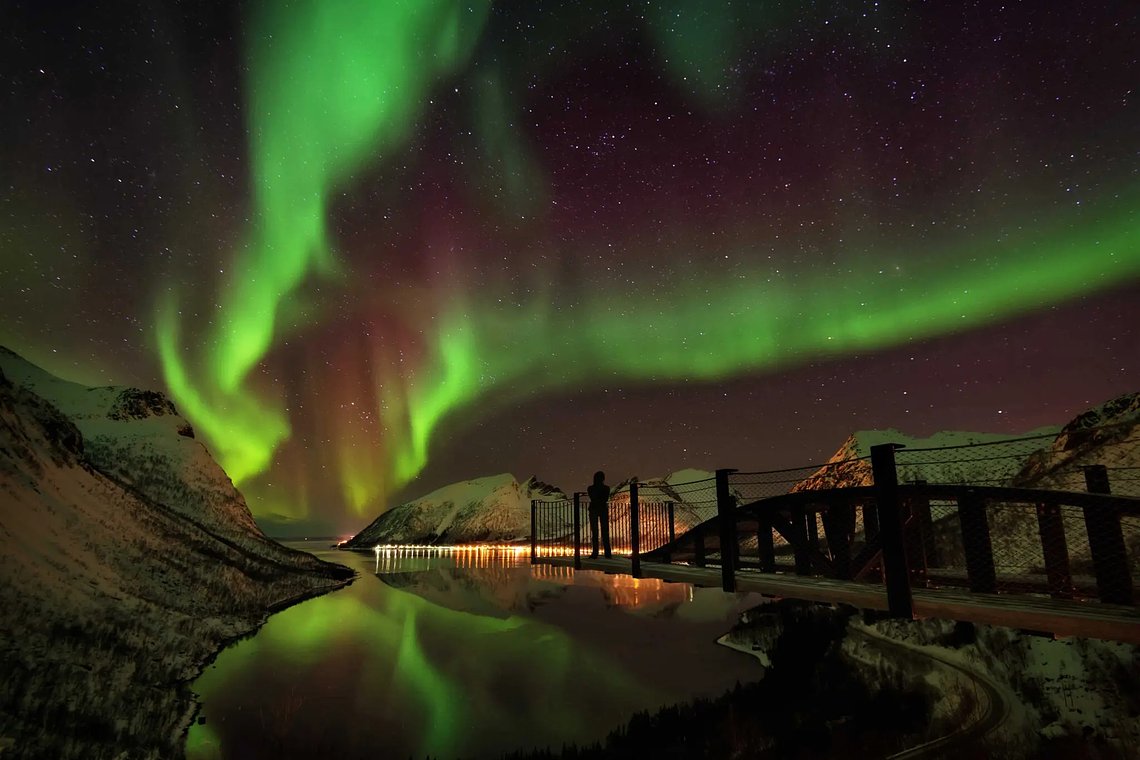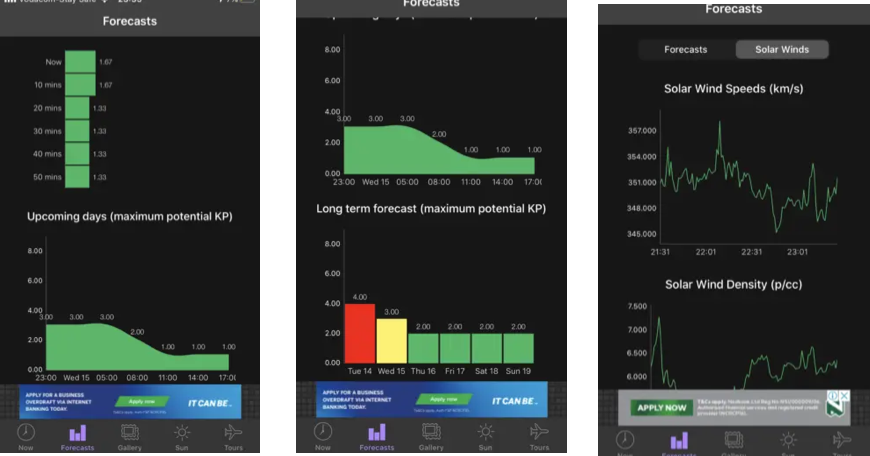Top Tips for chasing the Northern Lights

Posted on Thu 19 Aug 2021 · by James Chisnall
The Northern Lights or Aurora Borealis, both magical and mysterious, are on most people’s bucket list. However, they are elusive and, much like the allure of spotting wildlife, there are no guarantees. But there are a few tips that can at least push the odds a little more in your favour. Take a look at my list of recommendations for those chasing the once in a lifetime magic of the Aurora Borealis.
SEASON
The Northern Lights are always there in some degree. However, the conditions dictate whether we can see them with the naked eye or not. Darkness and clear skies are the most important. So in the summer months of the northern hemisphere, you are very unlikely to see them, especially given that in the height of summer, the sun doesn’t even set! October through to March is the best period to view the Northern Lights.
LOCATION
Simply put, the closer to the North Pole you are, the better. That will mean it will be colder, but if you want a better chance of seeing the lights then it’s well worth it. The ideal accommodation is remote and away from the lights of a big city. It’s not that you can’t see them from a city such as Reykjavík but it won’t be as clear, or you’ll need to take a night bus tour to a remote place nearby which we feel somewhat removes the magic. Far better to enjoy it from a hot pool, a night-time husky ride, or even from a glass igloo!

FULL MOON
As I mentioned earlier, darkness is important. A bright full moon will brighten up the sky and lessen the visibility of Northern Lights. It’s worth noting the only time I’ve seen the Northern Lights was during a full moon, so although it’s recommended you avoid it if possible, it’s not the end of the world if you can’t.
SOLAR CYCLES
So this is the real science part. A solar cycle is roughly every 11 years and has been in gradual decline since its been monitored over the last century. The last peak was in 2013/14 and we are currently in a trough with the next peak in 2024/25. This doesn’t mean you can’t see the northern lights now, however. They are just not as active as they are likely to be in 2024/25. This is a long term view so it doesn’t mean there aren’t spikes in activity during this time.
AURORA APP
The Aurora App (full name “My Aurora Forecasts & Alerts”) is fantastic for giving you an idea of whether the Northern Lights are likely to appear. It’s useful so you know whether you should be on the lookout or even set an alarm. On the one occasion I was lucky enough to see the Northern Lights, it was on our last night in Iceland and we had resigned ourselves to the likelihood that we weren’t going to see them. Just then, the “KP” level went up to 4.00 (anything above 4.00 means you should see it) and the App forecast said the light would be visible in 15 minutes. Frankly, given our general pessimism for weather forecasts, we continued drinking. Fifteen minutes later, bam – there they were!

MANAGING EXPECTATIONS
For me, this is the most important tip. It’s very easy to become Northern Lights-obsessed, especially while you are on your trip. Accept the reality that there is a good chance you won’t see the Aurora Borealis and look forward to experiencing all the other awesome activities your chosen winter wonderland has to offer. All you are doing in booking a trip is giving yourself the possibility, and if you are lucky enough to see them, it’s the magical icing on the cake of what will still be an incredible adventure.
The magical Aurora Borealis dancing across the sky
For those eager to chase the Northern Lights we have a couple of experiences that will give you that opportunity: Glass Igloo in Finland or a night-time husky in Svalbard, Norway. The latter offers the best chance to see them, being so far north. The winter season even comes with 24 hours of darkness a day!
Read more from our blog here
